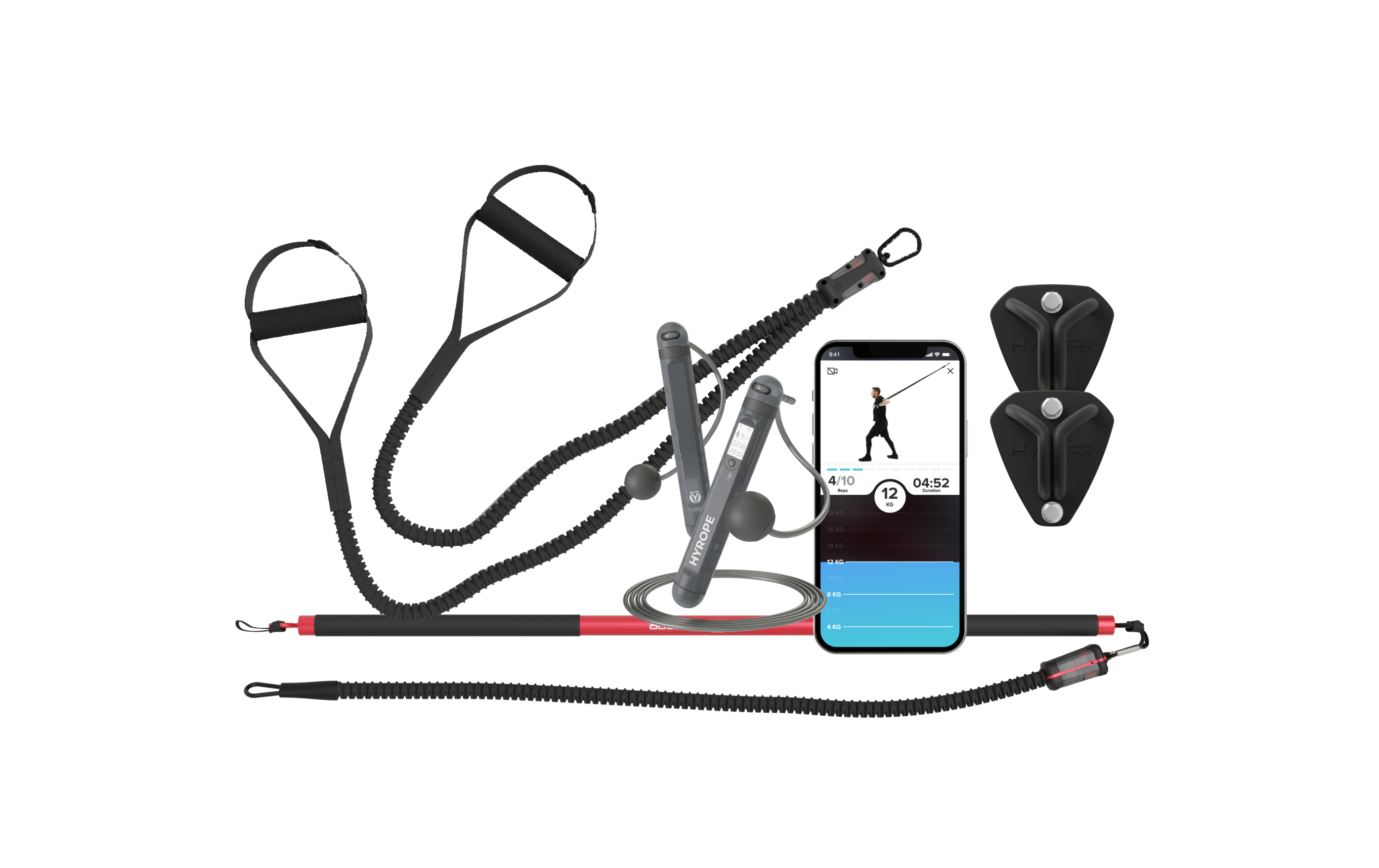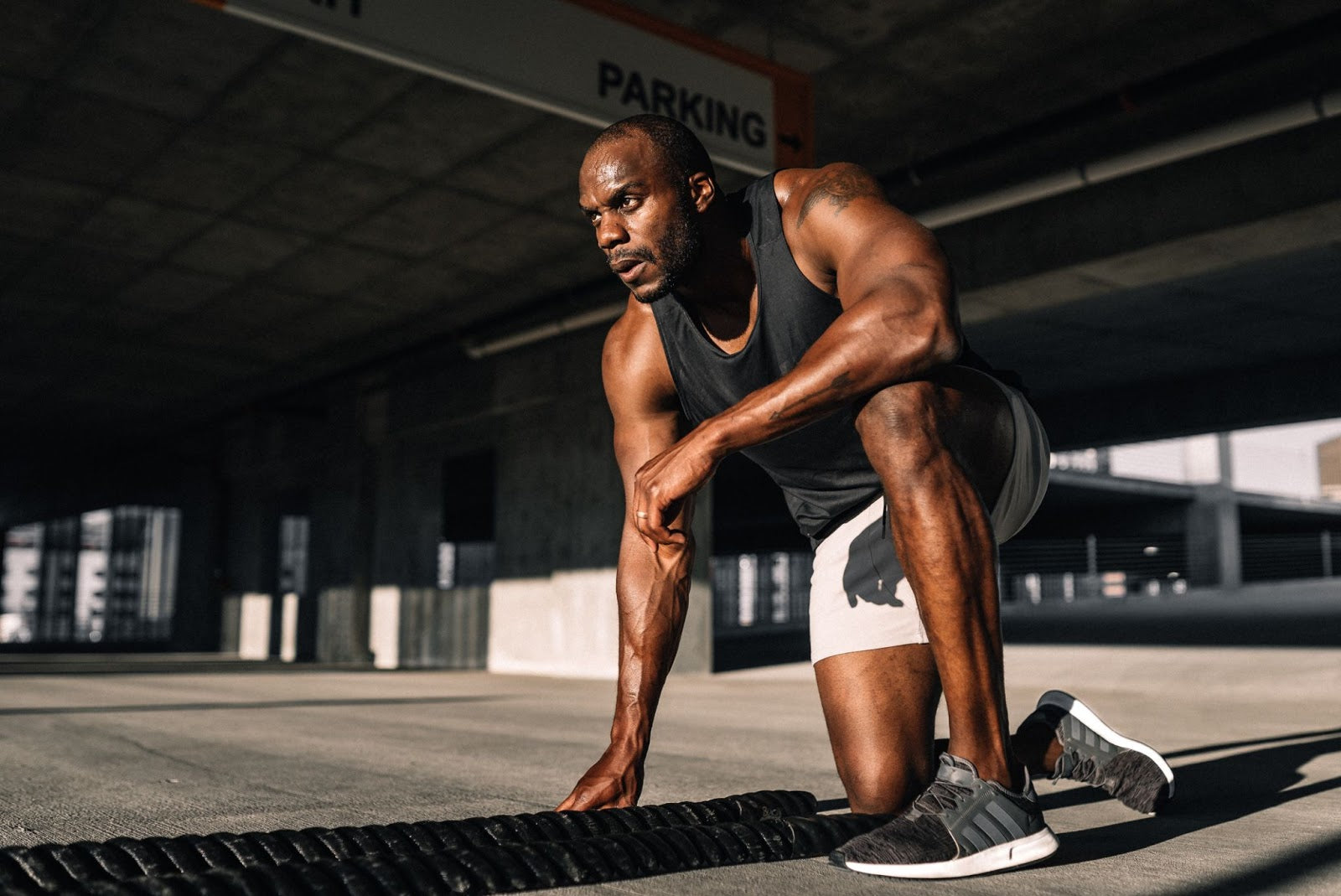Many people are under the impression that flexibility is something you’re born with, rather than something you earn. And while genetics can definitely play a part, everyone has the ability to improve their flexibility -- no matter where they start.
Your elementary PE teacher might have made you do the sit and reach, but chances are they never actually explained the benefits of flexibility to you. And if you don’t know why something is good for you, it’s much harder to drum up the motivation to improve at it.
That being said, flexibility exercises are extremely beneficial and can help your whole workout routine in more ways than one. Not sure how? We’ll tell you.
But First, What Is Flexibility, Exactly?
Contrary to what you might think, flexibility isn’t simply the ability to touch your toes or put both of your feet behind your head. Instead, flexibility is defined as the range of motion of a joint or group of joints per the skeletal muscles -- and not any external forces.
OK, let’s break it down a bit.
Every single joint or group of joints has varying levels of motion range based on the extensibility of the tendons and muscles that surround them -- so one joint may be more flexible than another.
According to the pros over at the American College of Sports Medicine, there are two components to flexibility: dynamic and static. Static flexibility simply is the full range of motion of any given joint because of external forces placed on it -- like from a workout buddy stretching out your hamstrings. On the other hand, dynamic flexibility is the full range of motion of any given joint achieved by using your own muscles and external forces -- like lowering into a super deep squat (thanks, gravity!).
To be clear, flexibility and mobility aren’t the same things, even though they’re often used interchangeably. You see, mobility is the ability of any given joint to move through its anatomically possible range of motion-- which can be influenced by flexibility (for example, tendons and muscles) and other factors. Ultimately, your flexibility is measured by how much the tendons and muscles surrounding the joint -- or joints -- are actually able to lengthen or extend.
So, in a nutshell, flexibility is generally the ability to achieve specific joint ranges of motion in a passive manner without direct active muscle activation. On the flip side, mobility is when you actively move through a range of motion.
Everything from improper body mechanics and poor posture to repetitive movement patterns and sedentary behavior can limit our flexibility.
Okay, So How Can Flexibility Exercises Help My Workout Routine?
Flexibility exercises (hamstring stretch, hip flexor and quad stretch, hip opener, etc.) can do wonders in improving your flexibility. Here are eight ways they can help your whole workout routine:
1. Fewer Injuries
Once you've developed strength and flexibility in your body through flexibility exercise, you will be able to withstand much more physical stress. Plus, you will rid your body of any muscle imbalances, which will ultimately reduce your chance of getting injured during physical activity. Correcting muscle imbalances requires a combination of strengthening the underactive muscles and stretching the overactive ones -- which both can be done through flexibility exercises.
2. Less Pain
Your body is likely to feel a million times better once you work on lengthening and opening your muscles through flexibility exercises. When your muscles are looser and not as tense, you will notice fewer aches and pains --plus, you may be less likely to experience uncomfortable muscle cramps.
3. Improves Posture and Balance
When you focus on increasing muscular flexibility through effective flexibility exercises, your posture is sure to improve. Working out allows you to have proper alignment. Plus, with an improved range of motion, you may find it much easier to sit or stand in certain ways. Yoga has been shown to improve balance.
4. Increases Range of Motion
When your muscles are super tight, they can cause a reduced range of motion throughout your body, making exercise really difficult. Becoming more flexible through flexibility exercises can make your workout routine much easier. It improves the range of motion throughout your entire body to help you move more comfortably.
5. Improves Circulation
The tension in our muscles affects circulation, which can prevent oxygen and nutrients from properly moving through the body. When your muscles are more flexible, they are able to relax, and circulation is improved. Flexibility exercises also encourage circulation by allowing blood to move to the muscles and joints.
6. Enhances Athletic Performance
We already know that flexibility provides a greater range of motion around your joints, but did you know that this will also help you to further the full potential of your muscles? Yup, it’s true -- by broadening your range of movement, you're better able to utilize your muscular strength as well as momentum and gravity, to help you improve your workout.
7. Supports a Positive State of Mind
Regularly engaging in flexibility exercises that stretch and open up your body can bring great feelings of relaxation. The physical benefits of stretching can extend to a relaxed state of mind. In fact, you may find it easier to unwind once your body feels better.
8. Increases Mobility
While everyone has different degrees of flexibility, generally speaking, the more flexible your muscles are --the greater your mobility will be. Basically, you can’t be mobile without having flexible muscles!
Having super tight muscles can cause you to have a reduced range of motion throughout your body, which, as we know, can make your workout routine really difficult. Well, that’s where flexibility comes in. Becoming more flexible by training for flexibility can make exercising as well as everyday activities so much easier.
Why? Because muscles that are flexible make moving much more comfortable and allow your joints to move in sequence correctly. This means that you will be able to load the right joints and muscles to perform different exercises.
A great range of mobility makes just about everything easier -- from HIIT training and hiking to picking something up off the floor or reaching the top shelf.
Bottom Line
Flexibility is an aspect of good health that many people tend to neglect. However, flexibility is really important because tight muscles can create tons of problems throughout your body as well as make it much harder to complete your workout routine.
To improve your flexibility, be sure to incorporate flexibility exercises into your daily routine. You can use your own bodyweight or if you want to take it up a notch and really deepen your stretch to improve flexibility -- try GEAR 1 from HYGEAR.
GEAR 1 is an incredible total workout system that replaces traditional gym equipment and a personal trainer -- saving you thousands of dollars while adding versatility and portability.
Whether you’re looking to improve your flexibility, burn calories, or build strength, HYGEAR can get you there. And the best part? With GEAR 1, you’ll have access to 500+ on-demand exercises led by expert trainers to help you reach your fitness goals -- all from the comfort of your very own home.
What’s not to love?
Sources:
Aging America and Transportation: Personal Choices and Public Policy | Google Books








השארת תגובה
This site is protected by hCaptcha and the hCaptcha Privacy Policy and Terms of Service apply.